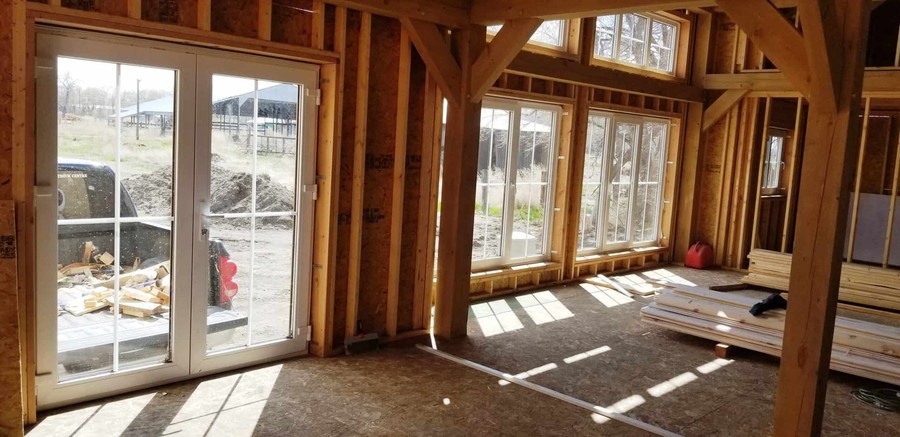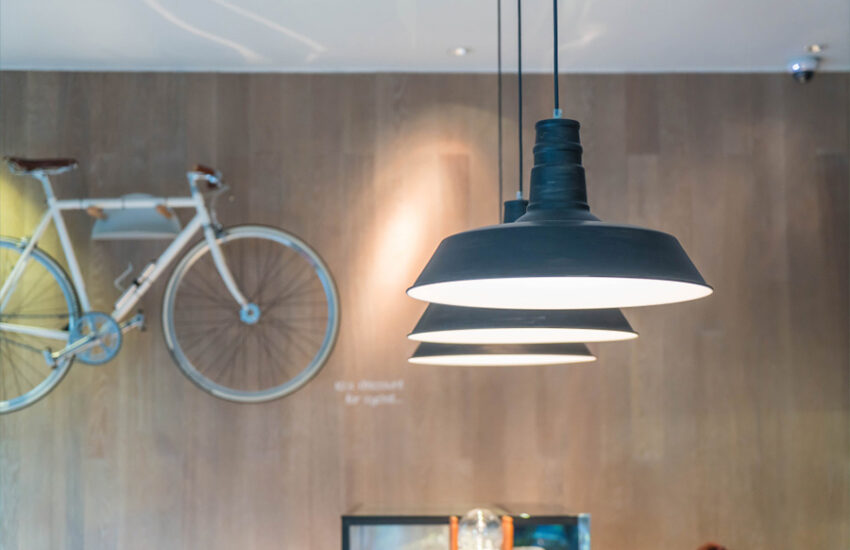If you’re living in an older home, you know the charm comes with its fair share of challenges—like drafty windows that hike up your energy bills or ones that are hard to clean and operate. But what if you could modernize those outdated frames without breaking the bank or sacrificing the home’s historic appeal? Enter affordable tilt-turn window upgrades. These versatile windows, popular in Europe and gaining traction in the U.S., offer a dual-function design: they tilt inward from the top for secure ventilation and swing fully open like a door for easy access. Perfect for older homes, tilt-turn upgrades blend functionality with efficiency, making them a smart choice for homeowners seeking cost-effective improvements.
In this article, we’ll dive into why tilt-turn windows are ideal for retrofitting older properties, explore budget-friendly options, and provide practical tips to get started. Whether you’re dealing with single-pane relics from the mid-20th century or warped wooden frames, these upgrades can enhance insulation, security, and aesthetics—all while keeping costs manageable. Let’s explore how you can breathe new life into your home’s windows without a full renovation.
Understanding Tilt-Turn Windows: A Modern Twist on Classic Design
Tilt-turn windows (dreh kipp fenster) aren’t just a fad; they’re a practical evolution of traditional casement and hopper styles. Originating in Germany post-World War II, these windows were designed for energy efficiency in rebuilding efforts. Today, they’re a go-to for older homes because they adapt seamlessly to existing openings, often without major structural changes.
The “tilt” function allows the window to open at an angle from the top, providing fresh air while keeping intruders out and rain away. The “turn” mode swings the sash inward, making cleaning a breeze—no more ladders or awkward reaches. For older homes with irregular frames or historic restrictions, tilt-turn upgrades can be customized to fit, preserving the original look while adding modern perks like multi-point locking systems.
From an SEO perspective, if you’re searching for “tilt-turn windows (dreh kipp fenster) for older homes,” know that these aren’t one-size-fits-all. Materials range from vinyl and fiberglass for affordability to wood-clad options that match vintage aesthetics. According to industry reports, homes with upgraded windows see up to 15-20% reductions in heating and cooling costs, making them a worthwhile investment in energy-efficient home improvements.
Benefits of Upgrading to Tilt-Turn Windows in Older Properties
Upgrading to tilt-turn windows in an older home isn’t just about looks—it’s about solving real problems. First off, energy efficiency tops the list. Older windows often lack proper seals, leading to drafts that force your HVAC system to work overtime. Tilt-turn designs incorporate advanced glazing, like double or triple-pane glass with low-E coatings, which reflect heat back inside during winter and keep it out in summer.
Security is another big win. Traditional windows in historic homes might have simple latches that are easy to jimmy. Tilt-turn models feature robust hardware with multiple locking points, deterring break-ins without altering the exterior facade. Plus, the inward-opening mechanism serves as an emergency exit, complying with modern building codes that older homes might otherwise fail.
Aesthetically, these upgrades maintain the character of your home. Imagine a Victorian-era house with sleek, operable windows that don’t scream “modern makeover.” They also improve indoor air quality by allowing controlled ventilation, reducing mold risks in damp, older structures. Homeowners report better noise reduction too—ideal if your older home is near a busy street. In terms of resale value, real estate experts note that window upgrades can yield a 70-80% return on investment, making affordable tilt-turn options a savvy choice for long-term homeowners.
Assessing Your Windows: Is a Tilt-Turn Upgrade Right for You?
Before diving into purchases, evaluate your current setup. Start by inspecting for signs of wear: warped frames, foggy glass, or sticking sashes indicate it’s time for an upgrade. Measure the openings accurately—older homes often have non-standard sizes, so custom fits might be necessary.
Consider your home’s age and style. Pre-1978 homes could have lead paint, requiring safe removal during installation. Historic districts might have regulations, so check with local authorities to ensure tilt-turn windows comply. Energy audits can help; many utilities offer free ones, revealing how much you’re losing through inefficient windows.
Budget-wise, if full replacements are out, look into retrofit kits. These involve inserting tilt-turn mechanisms into existing frames, a less invasive and more affordable approach. Tools like thermal imaging apps on your phone can spot leaks, guiding your decisions. Ultimately, if your windows are over 20 years old, upgrading to tilt-turn could cut energy bills by hundreds annually, justifying the initial outlay.
Affordable Tilt-Turn Window Options for Budget-Conscious Homeowners
The good news? Tilt-turn upgrades don’t have to cost a fortune. Entry-level vinyl models start at $300-$500 per window, including installation hardware. Brands like Pella or Andersen offer affordable lines with tilt-turn features, often with warranties up to 20 years.
For even cheaper alternatives, consider fiberglass composites—they’re durable against the elements in older homes prone to moisture. Online retailers like Home Depot or Wayfair frequently have sales, dropping prices by 20-30%. Look for ENERGY STAR-rated options to qualify for rebates; in 2025, federal tax credits under the Inflation Reduction Act can cover up to 30% of costs, up to $600 per home.
DIY kits from manufacturers like Roto or Siegenia provide hardware for under $100 per window, allowing you to convert existing casements. Pair them with affordable glazing upgrades, like adding storm inserts for $50-$100 each. For eco-friendly choices, recycled material options keep things green and cheap. Remember, shopping during off-seasons (like winter) can snag deals, making “affordable tilt-turn window upgrades” a reality for most budgets.
DIY vs. Professional Installation: What’s Best for Older Homes?
Deciding between DIY and pro installation depends on your skills and the home’s complexity. DIY can save 30-50% on labor, ideal for straightforward upgrades. You’ll need basic tools: a drill, level, and sealant. Tutorials on YouTube make it accessible—search for “DIY tilt-turn window installation in older homes” for step-by-steps.
However, older homes often hide surprises like uneven walls or rotting sills, where pros shine. Certified installers ensure proper fitting, preventing future issues like leaks. Costs range from $100-$300 per window for labor, but it’s worth it for warranties and peace of mind.
Hybrid approaches work too: handle simple prep work yourself, then hire for the install. Always prioritize safety—older windows might involve heavy glass or heights. Whichever route, proper installation maximizes the benefits of your tilt-turn upgrades.
Cost Breakdown and Money-Saving Tips
Let’s crunch numbers. A basic tilt-turn window averages $400-$700 installed, but for older homes, factor in custom sizing (+$100-$200). For a 2,000 sq ft home with 10 windows, expect $4,000-$7,000 total—far less than full replacements at $10,000+.
Savings tips: Bulk buys reduce per-unit costs. Government incentives like those from the Department of Energy can offset expenses. Energy-efficient models qualify for utility rebates. Shop second-hand or surplus stores for gently used hardware.
Long-term, expect $200-$500 annual savings on utilities. Financing options, like 0% interest home improvement loans, make it feasible. Track ROI with apps that monitor energy use pre- and post-upgrade.
Maintenance Tips for Long-Lasting Tilt-Turn Windows
Once installed, maintenance is straightforward. Clean hinges and tracks biannually with mild soap to prevent sticking. Lubricate moving parts with silicone spray. Inspect seals for wear—replace every 5-10 years to maintain efficiency.
In older homes, watch for condensation; proper ventilation from the tilt function helps. Professional tune-ups every few years ensure longevity, often extending life to 30+ years. These habits keep your affordable upgrades performing like new.
Real-Life Examples: Success Stories from Homeowners
Take Sarah from Chicago, who upgraded her 1920s bungalow’s windows for $3,500. “The tilt-turn feature transformed our drafty living room,” she says. Energy bills dropped 25%, and the home feels modern yet authentic.
In Boston, Mike retrofitted his colonial with DIY kits, saving $2,000. “Easy to install, and the ventilation is a game-changer,” he notes. These stories highlight how tilt-turn upgrades deliver value in diverse older homes.
Conclusion: Transform Your Older Home Today
Affordable tilt-turn window upgrades offer a perfect blend of functionality, efficiency, and style for older homes. By assessing needs, choosing budget options, and maintaining properly, you can enjoy lower bills, better security, and enhanced comfort. Don’t let outdated windows hold your home back—start exploring these upgrades today and unlock your property’s full potential.






